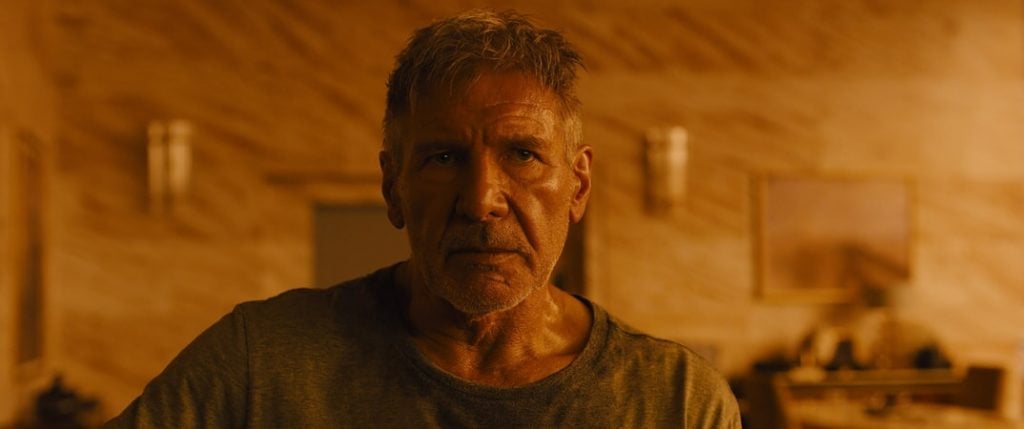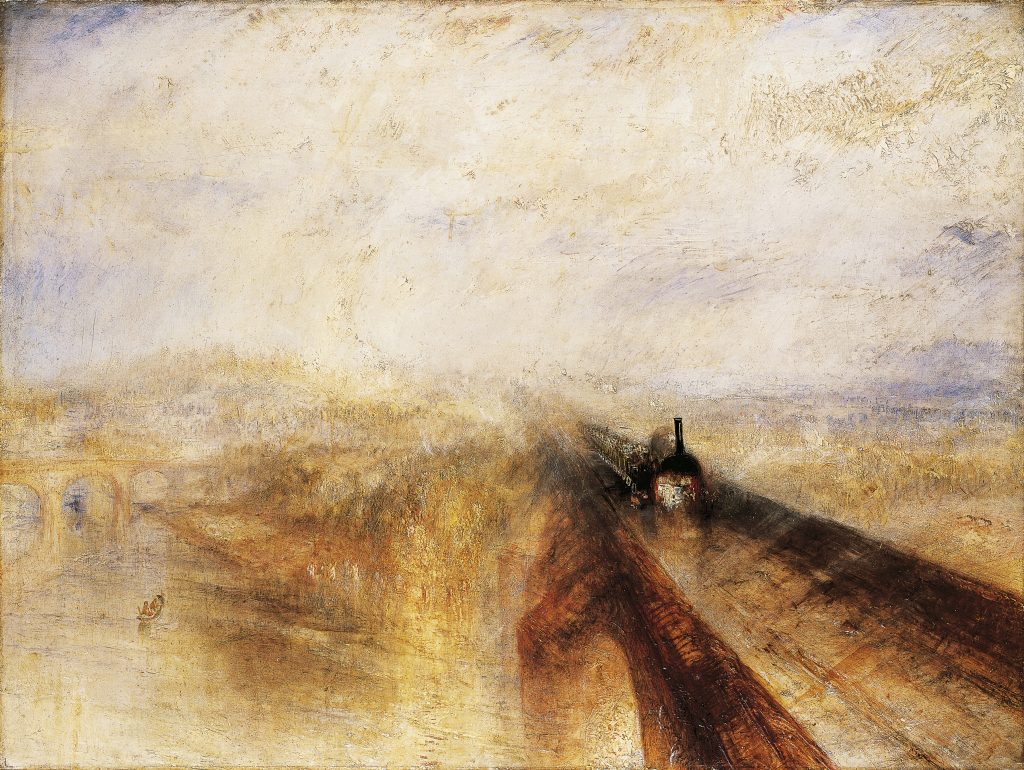Pop Culture
As Seen on ‘Blade Runner 2049’: A Turner Canvas Reflecting Technological Dystopia
A painting that may have fretted over technological advances appears in a key scene.

One of the most hotly anticipated cinematic events of 2017 was the release of Blade Runner 2049, a sequel to the 1982 sci-fi classic Blade Runner. Starring Ryan Gosling and directed by Denis Villeneuve, the film won two Academy Awards and grossed $267.5 million worldwide.
Hidden away in a crucial scene is nothing other than a painting by English Romantic painter J.M.W. Turner that echoes the scene’s misty atmosphere and may even have been intended to reinforce the film’s presentation of the threat of the superiority of the technological over the natural. Let’s see where the painting fits in to this noir sci-fi thriller. (Spoiler: major plot points are revealed below.)
Taking place 30 years after the events of the original film, Gosling plays K, a “blade runner” who works for the LAPD and tracks and destroys (“retires”) rogue replicants, enslaved humanoid robots that test the boundary between what is human and what is fabricated. Making his job uncommonly complicated, K is himself a replicant.
The plot further thickens when K discovers evidence he is the son of another replicant Rachael (played by Sean Young in the 1982 film), learning that robots can reproduce biologically—a bombshell reveal. He tracks Rachael’s paramour Deckard (played by Ford as in the original) to the ruins of Las Vegas, which was, according to fan pages, abandoned after it was contaminated in a dirty bomb attack by replicants. There, Deckard lives in isolation, after the radiation has largely faded.
Deckard inhabits the abandoned Vintage Casino, surrounded by antique-looking objects: paintings hang on the wall; a few more canvases lean against another wall lined with bookshelves; a jukebox creates a hologram of Frank Sinatra inside a bell jar.
K confronts Deckard, asking, “What was her name, the mother of your child? What was she like?” Deckard defends himself for abandoning the child, saying, “We were being hunted. I didn’t want our child found, taken apart, dissected.”

Harrison Ford in Blade Runner 2049 (2017). Photo: Warner Bros.
If you blinked, you might miss it, but Turner’s painting Rain, Steam and Speed – The Great Western Railway (1844) hangs on the wall over Ford’s shoulder; the dark lines of a viaduct leading into the distance are unmistakable.
In the painting, a steam engine crosses a railway bridge in the rain. Turner depicted a hare along the train track to highlight the difference between the speed of the animal, a product of nature, and the train, a technological advance. (According to the National Gallery in London, where the painting resides, “The animal is now invisible as the paint has become transparent with age, but it can be seen in an 1859 engraving of the painting.”)

Joseph Mallord William Turner, Rain, Steam and Speed – The Great Western Railway (1844). Photo: DeAgostini/Getty Images; London, National Gallery.
On open stretches like the viaduct, which had been completed just a few years previously, the train could reach speeds as high as 60 mph—far outpacing a galloping horse, long the fastest speed known to mankind. In this canvas and paintings like The Fighting Temeraire (1839), which showed a sailing ship being “retired” (if you will) as it became redundant in the age of steam, Turner may have lamented the old being eclipsed by the new, perhaps as humankind will be retired by the powerful replicants in an ongoing battle in Blade Runner 2049’s dismal future.
This made Turner’s classic painting a perfect prop for Deckard’s Las Vegas hideaway.





